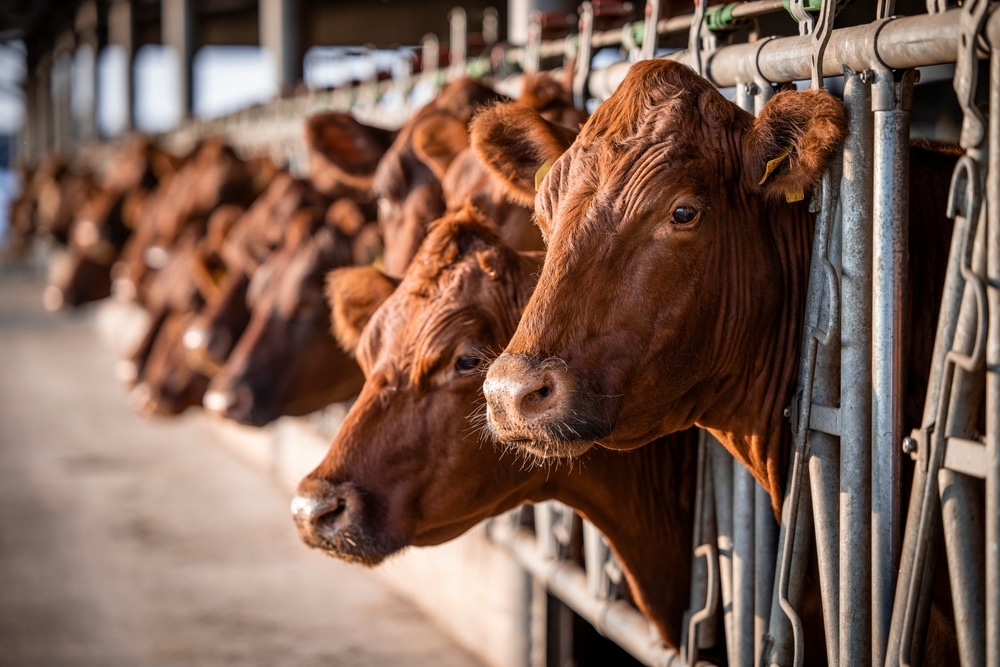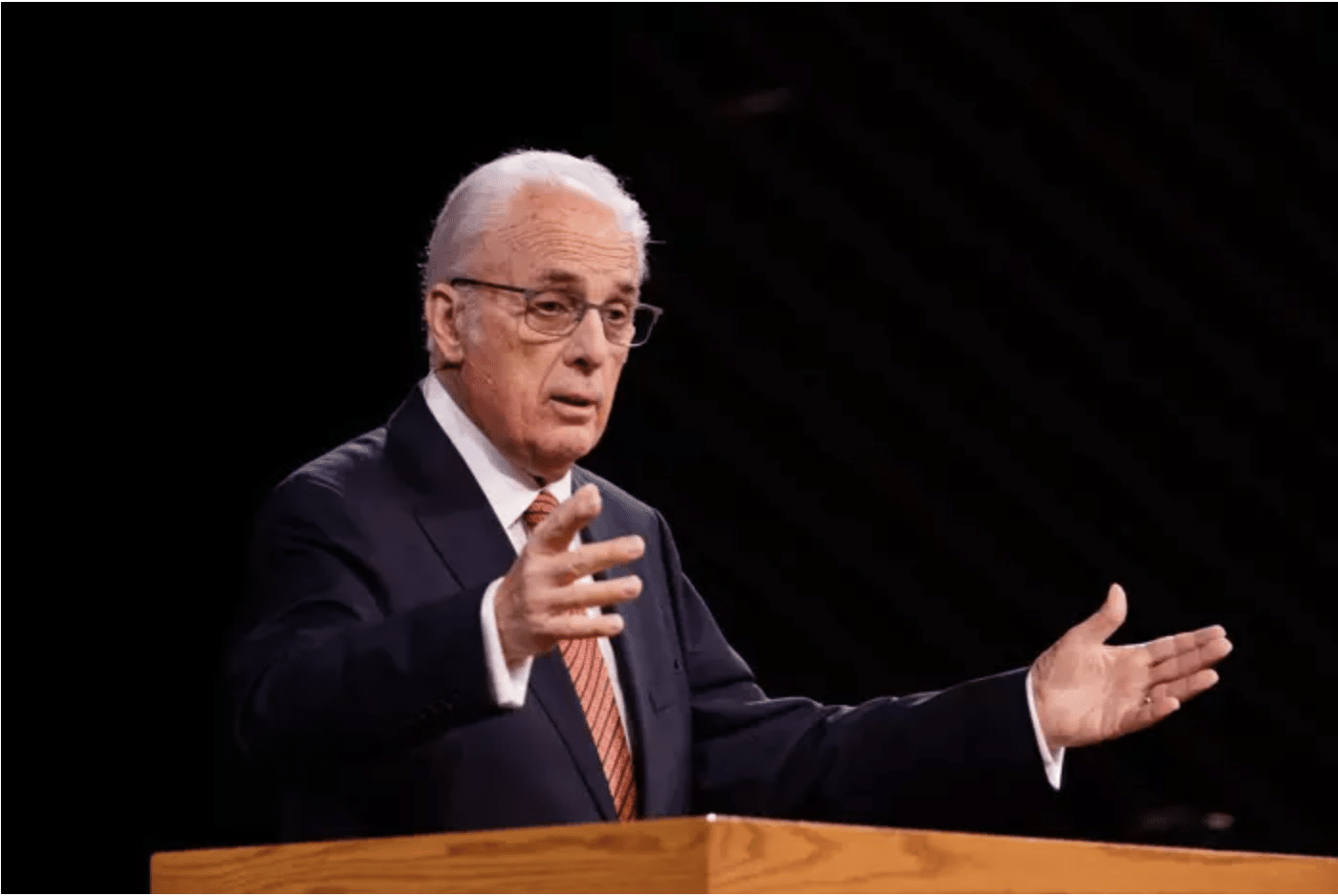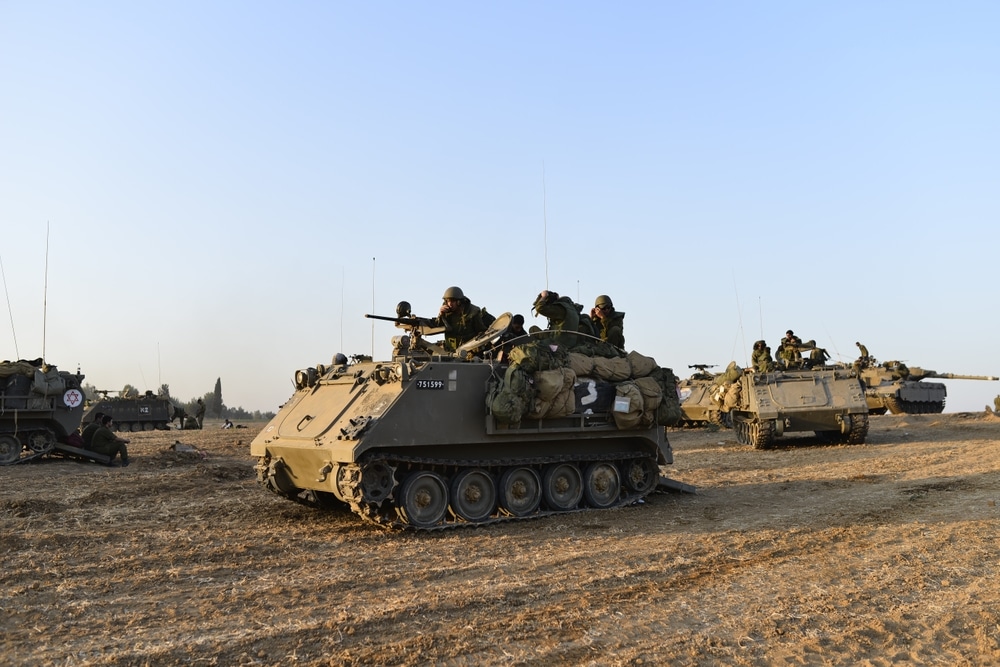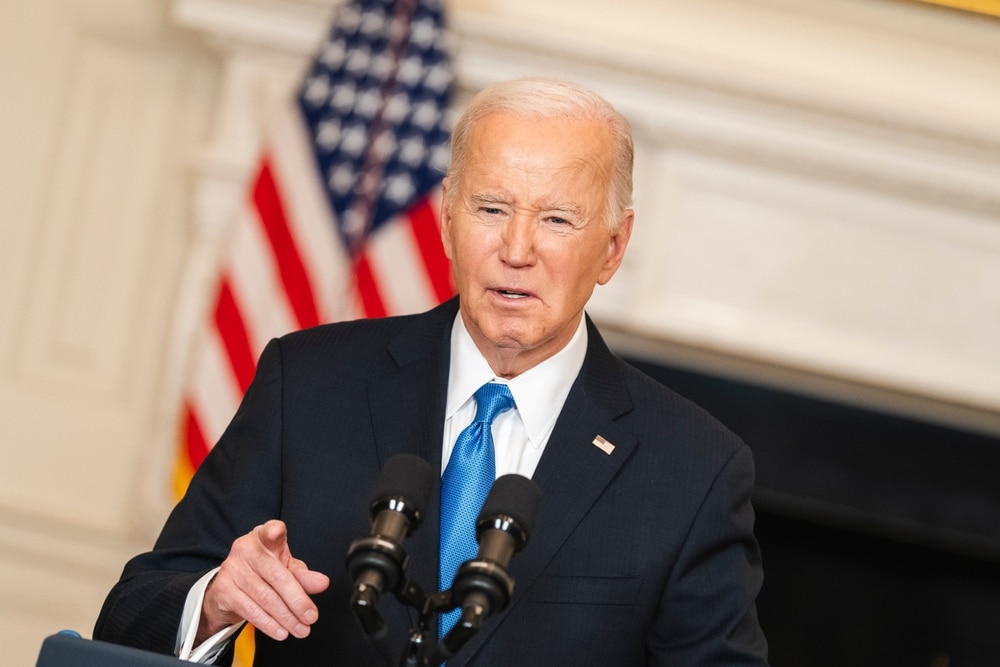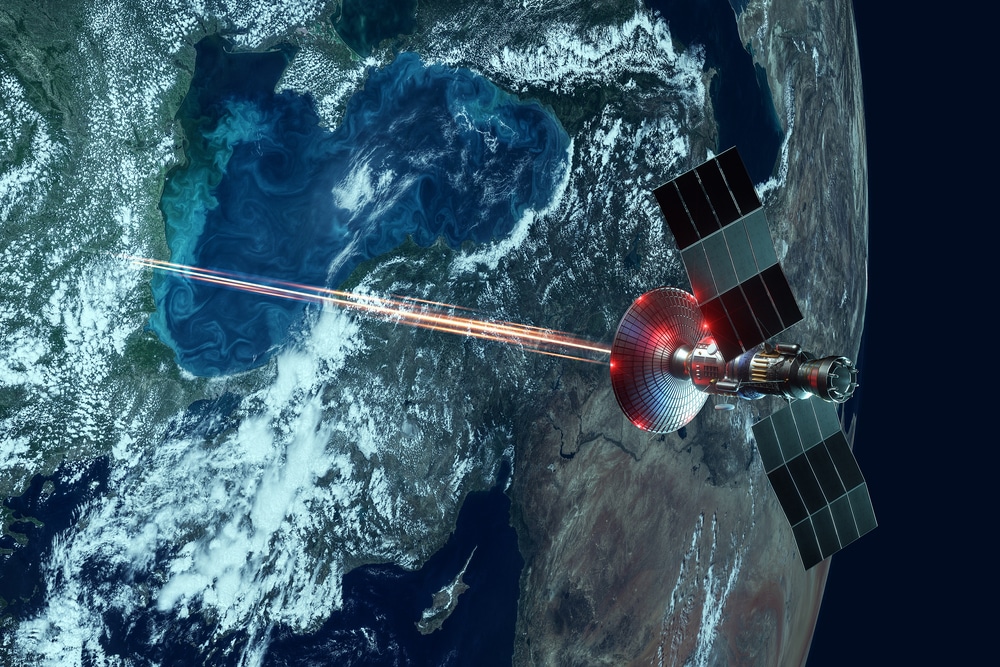Beef prices have spiked to a record high recently as a megadrought that slammed the US a few years ago shrank cattle supplies.
Retail prices hit $8 a pound, topping the previous record of $7.90 during the pandemic, according to a Financial Times analysis of data from the Agriculture Department.
That’s after the southwestern US saw the lowest rainfall it has seen in 1,200 years during the 2020-2021 season, according to a study published last year.
While the historic dry spell has since eased somewhat, inventories of hay are still low and feed costs remain too high for some cattle farmers to afford. The result? A whittled down national herd size that fell to a 61-year low.
Intensifying the high feed costs has been the Russia-Ukraine war that’s pushed up prices of soy, corn and wheat. All of which ultimately means farmers can support fewer cattle.
And that scarcity spells higher beef prices. Unlike hens and pigs who give birth to multiple eggs and piglets a year, heifers give birth to one calf every 12 months.
The impact of the drought, the higher feed costs, and a shrunken cattle supply is expected to have longer term effects in the market. A rancher in Louisiana told the FT that it’s better to offload cattle than to feed them.
“This drought is an environmental event having a significant impact on the national herd,” she said. “You’re seeing cattle all being sold off heavily . . .

